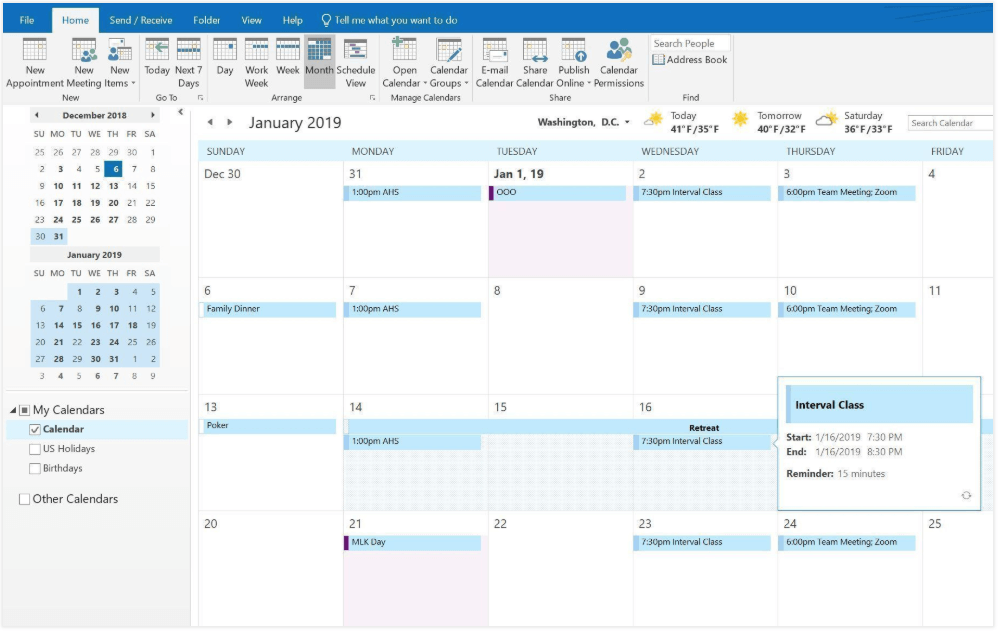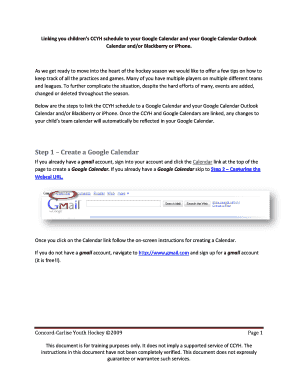Linking Outlook Calendar to Google Calendar: A Complete Information
Associated Articles: Linking Outlook Calendar to Google Calendar: A Complete Information
Introduction
On this auspicious event, we’re delighted to delve into the intriguing subject associated to Linking Outlook Calendar to Google Calendar: A Complete Information. Let’s weave fascinating info and provide contemporary views to the readers.
Desk of Content material
Linking Outlook Calendar to Google Calendar: A Complete Information

The digital age calls for seamless integration between varied platforms, and for a lot of, this consists of their calendars. Juggling appointments, conferences, and deadlines throughout completely different functions generally is a important time drain. In the event you’re utilizing each Microsoft Outlook and Google Calendar, the necessity to synchronize these calendars turns into obvious. Fortuitously, a number of strategies exist to hyperlink Outlook Calendar to Google Calendar, every with its personal benefits and drawbacks. This text explores these strategies, offering a complete information that will help you select one of the best strategy on your wants.
Understanding the Want for Integration
Earlier than diving into the strategies, it is essential to grasp why linking Outlook and Google Calendar is so helpful. Many customers discover themselves in conditions the place:
- A number of Gadgets: They use Outlook on their work pc and Google Calendar on their private telephone and pill. Manually getting into occasions into each calendars is time-consuming and susceptible to errors.
- Collaboration: They should share their schedule with colleagues or shoppers who primarily use Google Calendar. A synchronized calendar ensures everybody has entry to probably the most up-to-date info.
- Centralized Scheduling: They like having all their appointments in a single place, whatever the originating software. This improves group and reduces the chance of double-booking.
- App Integration: Many productiveness apps combine higher with Google Calendar than Outlook. Linking the calendars permits for seamless integration with these apps.
Strategies for Linking Outlook Calendar to Google Calendar
A number of strategies facilitate the connection between Outlook and Google Calendar. Every technique has its personal strengths and weaknesses, and your best option relies on components resembling technical experience, the frequency of updates required, and the extent of two-way synchronization desired.
1. Utilizing Google Calendar’s Import Function (One-way Synchronization):
That is the best technique, appropriate for customers who primarily must view their Outlook occasions in Google Calendar. It is a one-way synchronization, that means adjustments made in Google Calendar will not replicate in Outlook.
-
Steps:
- Export from Outlook: In Outlook, export your calendar as an ICS (iCalendar) file. That is often achieved by means of the "File" menu, then "Open & Export," and at last "Import/Export."
- Import into Google Calendar: In Google Calendar, click on the settings gear icon, then "Settings." Beneath "Combine," select "Import calendars." Choose the ICS file you exported from Outlook and click on "Import."
-
Benefits: Easy, straightforward to grasp, requires no third-party instruments.
-
Disadvantages: One-way synchronization solely. Modifications in Outlook will not seem in Google Calendar, and vice-versa. Requires periodic re-importing for updates. Not perfect for real-time collaboration.
2. Utilizing a Third-Social gathering Utility (Two-way Synchronization):
A number of third-party functions provide two-way synchronization between Outlook and Google Calendar. These instruments usually present extra options than the built-in strategies, together with superior filtering and scheduling choices. Examples embody:
-
Zapier: A well-liked automation instrument that may join varied functions, together with Outlook and Google Calendar. It permits for personalization of the synchronization course of, together with choosing particular calendars and filtering occasions.
-
IFTTT (If This Then That): Much like Zapier, IFTTT affords applets (pre-built automations) to attach Outlook and Google Calendar. It is typically simpler to make use of than Zapier for less complicated synchronization duties.
-
Calendar Sync Plus: A devoted calendar synchronization instrument that gives sturdy options and two-way synchronization. It usually supplies extra granular management over the synchronization course of.
-
Benefits: Two-way synchronization, extra superior options, usually affords higher filtering choices.
-
Disadvantages: Requires a third-party software, might contain a subscription price, potential safety issues associated to granting entry to third-party functions.
3. Utilizing Outlook on the Internet (OWA) and Google Calendar (Restricted Two-way Synchronization):
This technique leverages the net variations of each functions. Whereas not a direct hyperlink, it permits for a point of synchronization.
-
Steps:
- Entry OWA: Log into Outlook on the net.
- Add Google Calendar: In OWA, you’ll be able to add exterior calendars. The precise steps would possibly fluctuate barely relying in your Outlook model. Typically, you will discover an possibility so as to add a calendar after which present your Google Calendar credentials.
-
Benefits: Comparatively easy, no third-party apps required.
-
Disadvantages: Synchronization may not be utterly seamless. Modifications made in a single calendar may not instantly replicate within the different. The extent of two-way synchronization is proscribed in comparison with devoted instruments.
4. Utilizing Alternate Server and Google Workspace Sync (For Enterprise Customers):
In case your group makes use of Microsoft Alternate Server and Google Workspace, a extra sturdy synchronization answer is accessible. This sometimes includes configuring a connection between your Alternate Server and Google Workspace, enabling two-way synchronization of calendars and different knowledge. This technique is usually managed by IT directors.
- Benefits: Sturdy two-way synchronization, perfect for enterprise environments, managed by IT for safety and management.
- Disadvantages: Requires particular infrastructure and technical experience, not appropriate for particular person customers.
Selecting the Proper Technique:
The most effective technique for linking your Outlook and Google calendars relies on your particular wants and technical abilities.
- For easy, one-way synchronization: Google Calendar’s import function is the best possibility.
- For sturdy two-way synchronization and superior options: A 3rd-party software like Zapier or Calendar Sync Plus is really useful.
- For restricted two-way synchronization with out third-party apps: Utilizing OWA and including Google Calendar is a viable possibility.
- For enterprise environments: Alternate Server and Google Workspace synchronization is probably the most appropriate answer.
Safety Concerns:
When utilizing third-party functions, at all times fastidiously evaluate the app’s permissions and safety insurance policies. Make sure the app is respected and has a robust safety observe document. Keep away from granting pointless permissions. Usually evaluate the linked apps to make sure you’re comfy with the extent of entry granted.
Conclusion:
Linking Outlook Calendar to Google Calendar can considerably enhance productiveness and group. By understanding the assorted strategies accessible and their respective benefits and drawbacks, you’ll be able to select one of the best strategy to seamlessly combine your calendars and handle your schedule effectively. Keep in mind to think about components resembling the extent of synchronization wanted, your technical experience, and safety implications earlier than making a choice. With the suitable technique, you’ll be able to get pleasure from the advantages of a unified calendar expertise, eliminating the effort of managing a number of scheduling functions.








Closure
Thus, we hope this text has supplied worthwhile insights into Linking Outlook Calendar to Google Calendar: A Complete Information. We admire your consideration to our article. See you in our subsequent article!